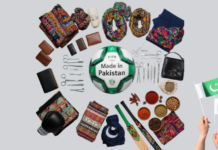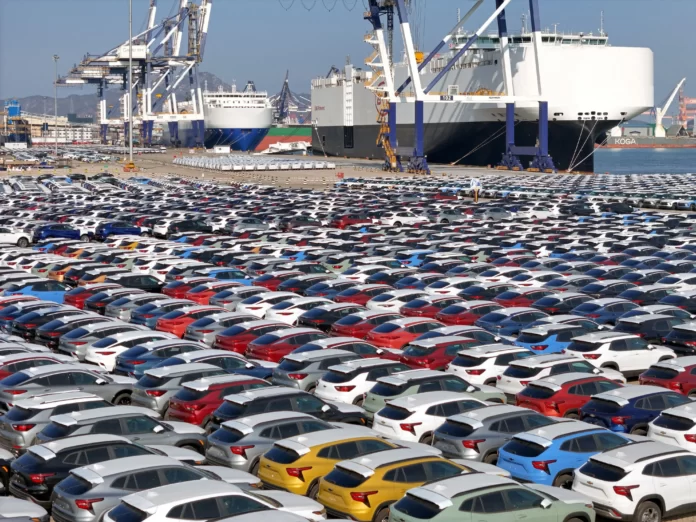The federal government has opened the way for the commercial import of used passenger cars, allowing vehicles up to five years old to enter the market from September 2025. Under the new plan, imports will be permitted until June 30, 2026, with a regulatory duty of 40 percent in the first year. The duty will fall by 10 percent each year until it is phased out completely by FY30. Authorities say the phased framework is designed to offer consumers more affordable choices while protecting the local auto industry and ensuring that all imported vehicles meet safety and environmental standards.According to a report by Dawn.
According to the Institute of Cost and Management Accountants (ICMA), Pakistan’s average annual imports of used cars stand at 34,000 units, far higher than Thailand at 21,802, Vietnam at 532, and India at just 235. Officials argue that this makes Pakistan an outlier in the region and underscores the need for a more carefully balanced policy.
The government points to practices in other countries as useful models. Bangladesh only permits imports of vehicles no more than four years old, imported directly from the country of origin and supported by de-registration certificates, with customs duties, VAT and inspections applied. India has some of the strictest curbs in Asia: since 2024, only right-hand drive vehicles less than three years old with specific engine limits can be brought in, subject to compliance testing, a five-year roadworthiness requirement, and import duties as high as 125 percent. Kenya has opted for a rolling seven-year age limit, meaning only cars manufactured from July 2018 onward are eligible for import as of mid-2025, with pre-export inspections and domestic roadworthiness checks required. Sri Lanka ended its five-year ban in February 2025 and now allows private imports under strict conditions, limiting individuals to one vehicle per year through registered importers. South Africa only permits returning nationals and permanent immigrants to bring in one car per family, subject to duties, VAT, and strict documentation. Nigeria tightened rules in May 2025 to reduce the influx of older, polluting cars, permitting duty-free imports only for vehicles manufactured in 2015 or later while barring or heavily penalising those older than 10 years. In the Philippines, imports are allowed only for qualified individuals who must obtain a Certificate of Authority to Import from the Fair-Trade Enforcement Bureau, with a 40 percent customs duty, 10 percent VAT, and ad valorem taxes between 15 and 100 percent depending on engine size.
Pakistan’s own policy has gone through several shifts. In the 1990s, commercial imports were largely banned to shield local assemblers, leaving consumers with limited and expensive choices. In the 2000s, overseas Pakistanis were allowed to bring vehicles under special schemes such as Gift, Baggage and Transfer of Residence, though many of these cars ended up in the local market. In 2005, duty cuts encouraged a surge of small Japanese imports, but by 2008 carmakers successfully lobbied for restrictions, arguing their sales and investments were under threat. In 2012, the maximum age limit was reduced from five years to three, sharply curtailing inflows, while the Automotive Development Policy was introduced to attract new investment in local assembly. The years that followed saw an ongoing cycle of relaxations and restrictions, with consumers protesting against high prices and limited choices while industry groups warned that excessive imports could reduce local investment, slow parts production, and put pressure on foreign exchange reserves.
The government now argues that the September 2025 policy provides a more sustainable compromise. By phasing down duties gradually while ensuring that only roadworthy and environmentally compliant vehicles are imported, policymakers believe Pakistan can expand consumer access without undermining its domestic auto sector.























